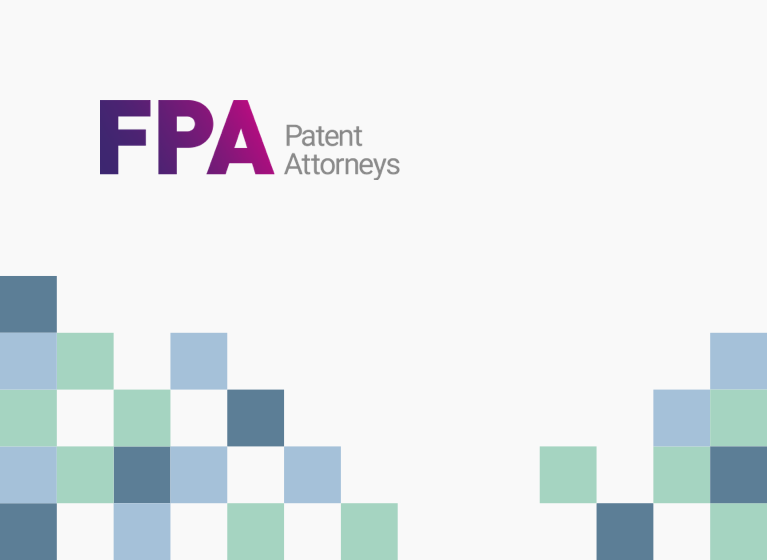The ground-breaking series of decisions, relating to AU 623144 (AU ‘144), which protected the antidepressant escitalopram, has generated another first when the patentee of AU ‘144 sought judicial review of a recent Patent Office decision resulting in the first comment on the construction of the provisions providing for third party statutory licences to exploit patents1. We have reported on the Patent Office decision separately here.
Background
It is not necessary to review the complete legal history but sufficient to recall that AU ‘144 expired and following that expiry the patentee successfully sought an extension of time to apply for a patent term extension. The patent term extension was granted and the expired patent returned to force.
Shortly after expiry of AU ‘144 several competitor products containing escitalopram were launched. When AU ‘144 returned to force, the competitors applied to the Patent Office for a licence to continue sale. The patentee opposed the licence applications and then applied to the Patent Office to decide several ‘threshold issues’ before consideration of the remaining issues relating to the licence applications. The Patent Office refused to hear threshold issues in advance deciding that the matter should proceed by considering all relevant issues relating to the licence applications at once2.
Refusal to consider threshold issues in advance not a reviewable administrative decision
The patentee applied to the Federal Court of Australia under section 6(1) of the Administrative Decisions (Judicial Review) Act 1977 (Cth) for review of the Patent Office decision. The court found that no reviewable decision had been made. The court agreed with the licence applicants that there was no error in the Patent Office declining an application for separate and prior determination of some issues in a dispute and deciding instead to hear all issues. If the Patent Office decided a threshold (or other substantive) issue incorrectly, that decision would be a reviewable administrative decision but the Patent Office decisions on how to make a substantive decision were not subject to review.
Declarations on construction of relevant provisions
The patentee also applied under subsection 39B(1A)(c) of the Judiciary Act 1903 (Cth) for the court to make a declaration as to the proper construction of section 223(9) of the Patents Act 1990 (Cth). The licence applicants argued that it was inappropriate for the court to make a declaration as to construction before the Patent Office had the opportunity to make their decision. The court disagreed noting that there was a dispute as to the construction of the relevant legislation and that, as the court was only asked to rule on essentially legal questions and there was utility in ruling on them now, it was appropriate to do so.
Subsection 223(9) of the Patents Act 1990 provides:
(9) Where the Commissioner grants:
(a) an extension of more than 3 months from doing a relevant act; or
(b) an extension of time for doing a prescribed relevant act in prescribed circumstances;
The prescribed provisions have effect for the protection or compensation of persons who, before the day on which the application for extension of time is advertised under subsection (4), exploited (or took definite steps by way of contract or otherwise to exploit) the invention concerned because of the failure to do the relevant act within the time allowed, the lapsing of the patent application or the ceasing of the patent, as the case may be. (Emphasis added)
The court declared that subsection 223(9) required that the exploitation have the relevant nexus to one or more of:
- the failure to do the relevant act within the time allowed;
- the lapsing of the patent application; or
- the ceasing of the patent.
The significance is that, contrary to the patentee’s argument, the failure to do the relevant act within the time allowed is not linked to the lapsing or ceasing. An applicant for a licence does not need to show their exploitation of the invention was because of the patentee’s failure to do the relevant act within the time allowed as well as because of the lapsing of the patent application or ceasing of the patent.
Ceasing includes expiry
The patentee also sought a declaration that ‘ceasing’ in subsection 223(9) did not include expiry of a patent. A consequence of that declaration could have been that subsection 223(9) did not apply in this instance, where licences were applied for following patent expiry and subsequent extension of term. It was argued by the patentee that “cease” and “expire” are used as alternatives in the Patents Act 1990 so the use of the term “ceasing” in subsection 223(9) should exclude expiry. However, the court noted that there are other provisions in the Patents Act 1990 where “ceased” has been interpreted to include expiry and the court has also previously contemplated the possibility of a patent application lapsing by expiry3. The court declared that in subsection 223(9) “ceasing” had a wide meaning and could include expiry.
It is interesting that the court was not asked to consider if an applicant for a licence needed to admit exploitation of the patent in order to apply for the licence as that issue was prominent in the original Patent Office decision.
Following, this guidance on the law, we now await the substantive decision of the Patent Office on these licence applications.
1 See H Lundbeck A/S v Commissioner of Patents [2017] FCA 56.
2 See H Lundbeck A/S v Alphapharm Pty Ltd [2016] APO 45.
3 See H Lundbeck A/S v Commissioner of Patents [2017] FCA 56 at [130].






